
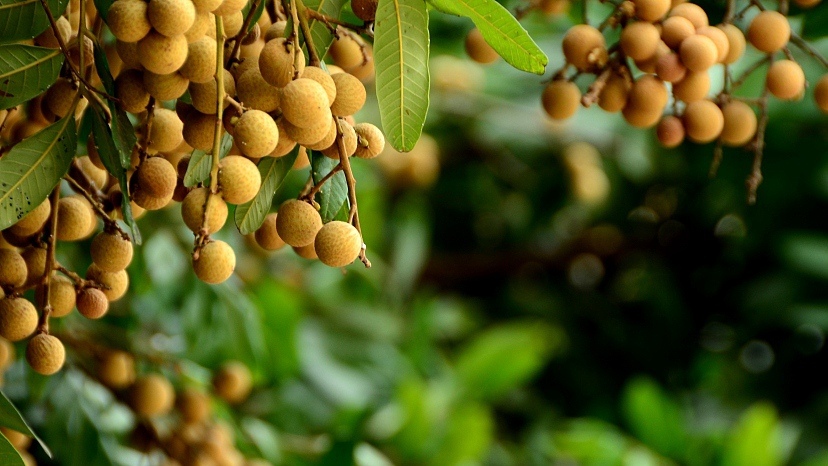
The ripe longan. /VCG Photo
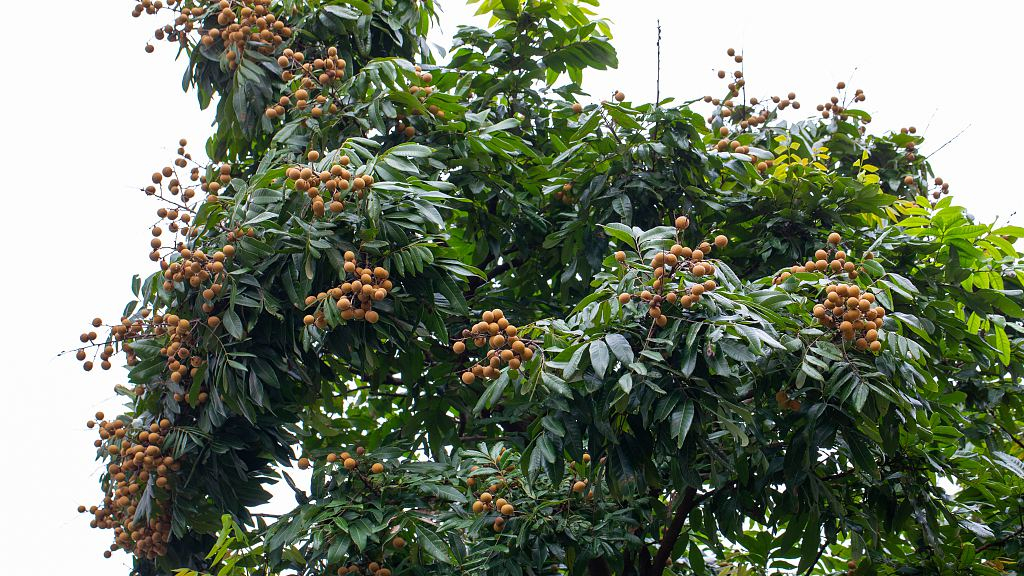
A fruitful longan tree. /VCG Photo
From its plain outside appearance, longan can hardly be associated with the grand analogy its name suggests. "Longan" is the Cantonese word for "dragon eye." It's only when you peel and squeeze out the tempting translucent pulp you understand why it is called "dragon eye."
Every year, longan harvest in south China's Guangdong Province comes as a sweet compensation for people reluctantly saying goodbye to the lychee season. It is usually around July and August when this round and tempting fruit grows in clusters, and its sugary fragrance floats in the air.
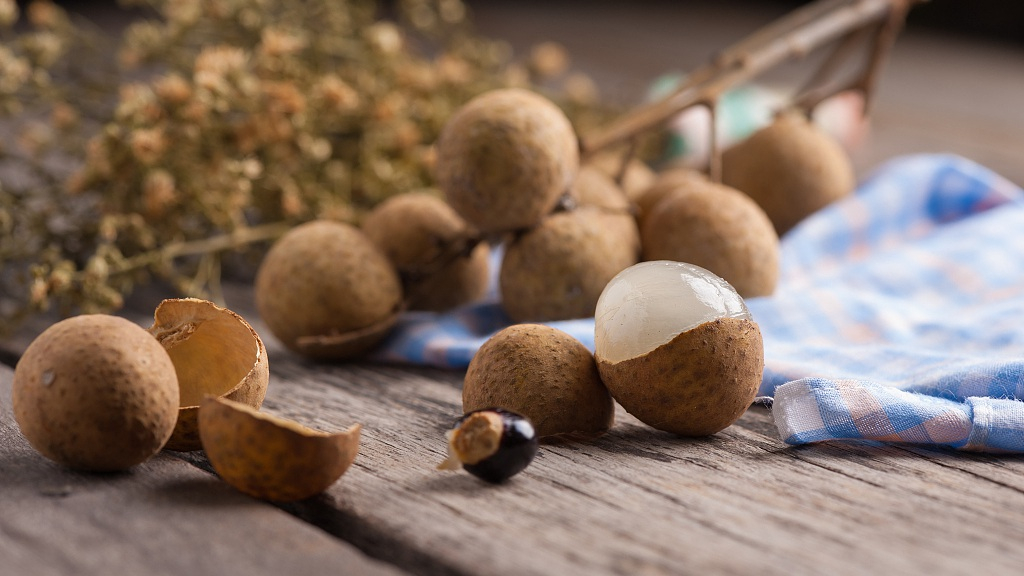
The translucent pulp of longan. /VCG Photo
The earliest record of longan cultivation dates back to more than 2,000 years ago in southern China. This ordinary looking plant can live up to 400 years. Therefore, many folklore are also attached to it. In some areas of Guangdong, legend has it that an evil dragon brought floods to villages, and a hero stepped forward to fight and lost his life. People buried the dragon's eye along with the hero's body. The next year a tree grew on the grave, bearing round and juicy fruits like the dragon's eye, hence the name.
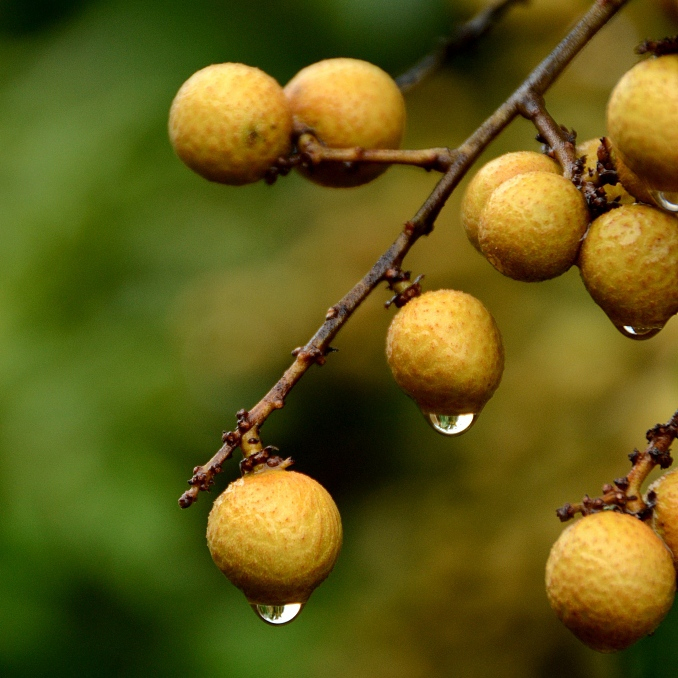
Rain-washed longan. /VCG Photo
Held to be nutritious, longan is widely used in Chinese cuisine and traditional medicine. In Guangdong, people like to condense its sweetness by drying, and prepare a sweet soup, along with other ingredients such as jujube and Chinese wolfberry.

Dried longan is often used to make sweet soups. /VCG Photo
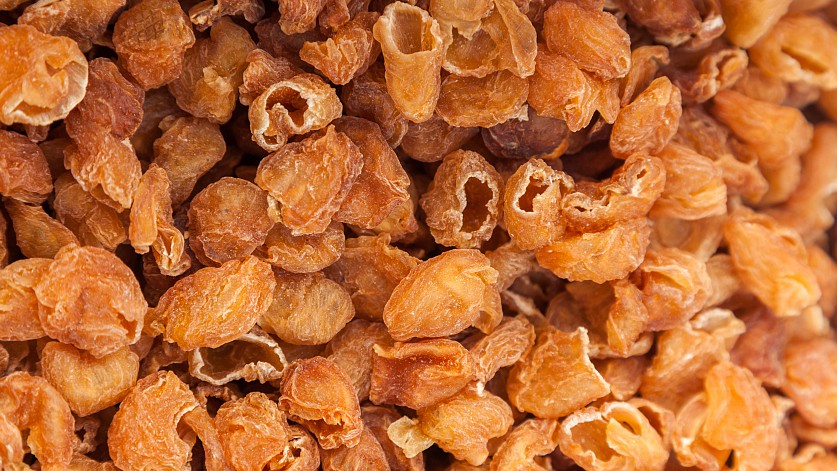
Dried longan. /VCG Photo
China's Flora Tour
From the wetlands along the coast to the dense rain forests hidden in the southwest, China boasts an array of plant species. In this series, we will go on a tour to learn about some of the most representative flora in different provinces and see how they live in harmony with the local geography and climate.
(If you want to contribute and have specific expertise, please contact us at nature@cgtn.com.)

Copyright © 2018 CGTN. Beijing ICP prepared NO.16065310-3
Copyright © 2018 CGTN. Beijing ICP prepared NO.16065310-3